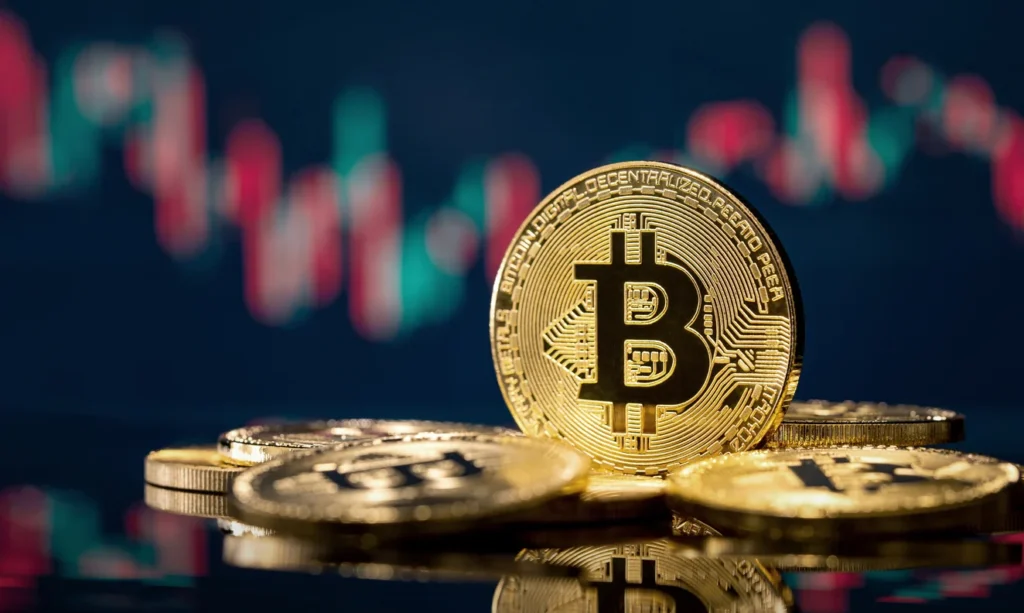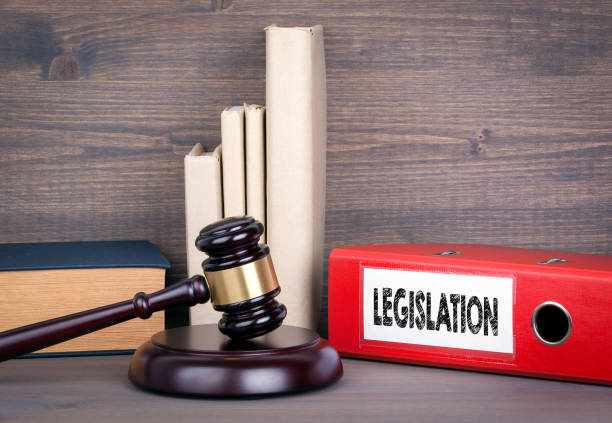In a groundbreaking move that has reshaped the landscape of digital finance, former President Donald Trump hosted the inaugural White House Crypto Summit on March 7, 2025. This unprecedented event marked a significant departure from previous administrations, signaling a robust embrace of cryptocurrencies and blockchain technology at the highest levels of U.S. government.

The Strategic Bitcoin Reserve: A Bold Initiative
On the eve of the summit, President Trump signed Executive Order 14178, establishing the Strategic Bitcoin Reserve and the U.S. Digital Asset Stockpile. This executive action directs the Department of the Treasury to create a reserve of bitcoin acquired through criminal and civil asset forfeitures, ensuring no taxpayer funds are used. The reserve is designed to function as a “digital Fort Knox,” with the government holding approximately 200,000 bitcoins, valued at over $17 billion at current market rates. The policy prohibits the sale of these assets, aiming to preserve their value and position the U.S. as a leader in the global digital economy citeturn0search0.

The Crypto Summit: A Gathering of Industry Leaders
The summit convened a diverse group of stakeholders, including cryptocurrency executives, lawmakers, and financial experts. Key figures such as David Sacks, the White House’s crypto czar, and Senator Cynthia Lummis, a prominent advocate for digital assets, participated in discussions that emphasized the importance of a clear and supportive regulatory framework for cryptocurrencies. The event underscored the administration’s commitment to fostering innovation while ensuring consumer protection and financial stability.

Policy Shifts and Legislative Actions
In addition to the executive order, the administration has taken several legislative steps to bolster the digital asset ecosystem. Senator Lummis introduced a bill proposing the creation of a national digital asset reserve, complementing the Strategic Bitcoin Reserve. This initiative aims to further integrate digital assets into the U.S. financial system and enhance the country’s economic resilience.
Furthermore, the Securities and Exchange Commission (SEC) has undergone leadership changes, with Paul Atkins appointed as the new chairman. Atkins has emphasized the need for a “firm foundation” for digital assets, signaling a shift towards a more accommodating regulatory environment that balances innovation with oversight citeturn0news13.

Private Sector Response and Market Impact
The private sector has responded enthusiastically to the administration’s crypto-friendly policies. Cantor Fitzgerald, in collaboration with SoftBank, Tether, and Bitfinex, is launching a nearly $3 billion cryptocurrency venture, aiming to emulate the success of MicroStrategy by heavily investing in bitcoin. This move reflects renewed institutional interest in digital assets, driven by the favorable policy environment citeturn0news12.
Additionally, Trump Media & Technology Group announced plans to launch a suite of retail investment products, including cryptocurrency and exchange-traded funds (ETFs), in partnership with Crypto.com and Yorkville America Digital. This strategic pivot aligns with the administration’s broader agenda to integrate digital assets into mainstream financial services citeturn0news14.

Global Implications and Future Outlook
The establishment of the Strategic Bitcoin Reserve positions the United States at the forefront of the digital asset revolution, setting a precedent for other nations to follow. By treating bitcoin as a reserve asset and adopting a strategic approach to its management, the U.S. aims to enhance its economic sovereignty and influence in the global financial system.
Looking ahead, the administration plans to continue its support for the digital asset industry through further regulatory reforms, international collaborations, and investments in blockchain infrastructure. The success of these initiatives will depend on the ability to balance innovation with security and ensure that the benefits of digital assets are broadly distributed across society.
For a comprehensive overview of the White House Crypto Summit and the administration’s digital asset policies, you can watch the following video: https://www.youtube.com/live/bKW1VniMRm0?si=VCcf4xV23XB5wRfr
